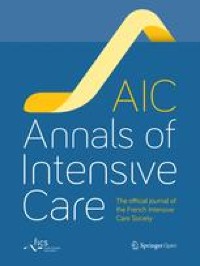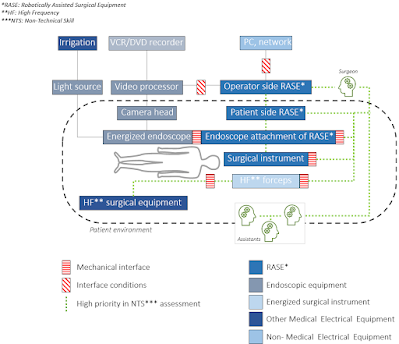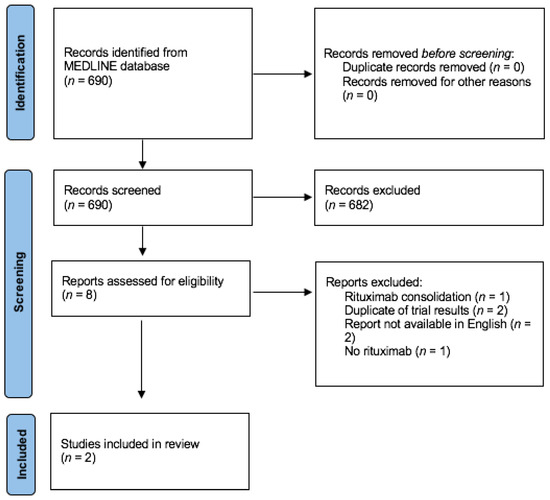Abstract
Females versus males are less frequently diagnosed with autism spectrum disorder (ASD), and while understanding sex differences is critical to delineating the systems biology of the condition, female ASD is understudied. We integrated functional MRI and genetic data in a sex-balanced sample of ASD and typically developing youth (8–17 years old) to characterize female-specific pathways of ASD risk. Our primary objectives were to: (i) characterize female ASD (
n =
45) brain response to human motion, relative to matched typically developing female youth (
n =
45); and (ii) evaluate whether genetic data could provide further insight into the potential relevance of these brain functional differences. For our first objective we found that ASD females showed markedly reduced response vers us typically developing females, particularly in sensorimotor, striatal, and frontal regions. This difference between ASD and typically developing females does not resemble differences between ASD (
n =
47) and typically developing males (
n =
47), even though neural response did not significantly differ between female and male ASD. For our second objective, we found that ASD females (
n =
61), versus males (
n =
66), showed larger median size of rare copy number variants containing gene(s) expressed in early life (10 postconceptual weeks to 2 years) in regions implicated by the typically developing female > female functional MRI contrast.
Post hoc analyses suggested this difference was primarily driven by copy number variants containing gene(s) expressed in striatum. This striatal finding was reproducible among
n =
2075 probands (291 female) from an independent cohort. Together, our findings suggest that striatal impacts may contribute to pathways of risk in female ASD and advocate caution in drawing conclusions regarding female ASD based on male-predominant cohorts.






